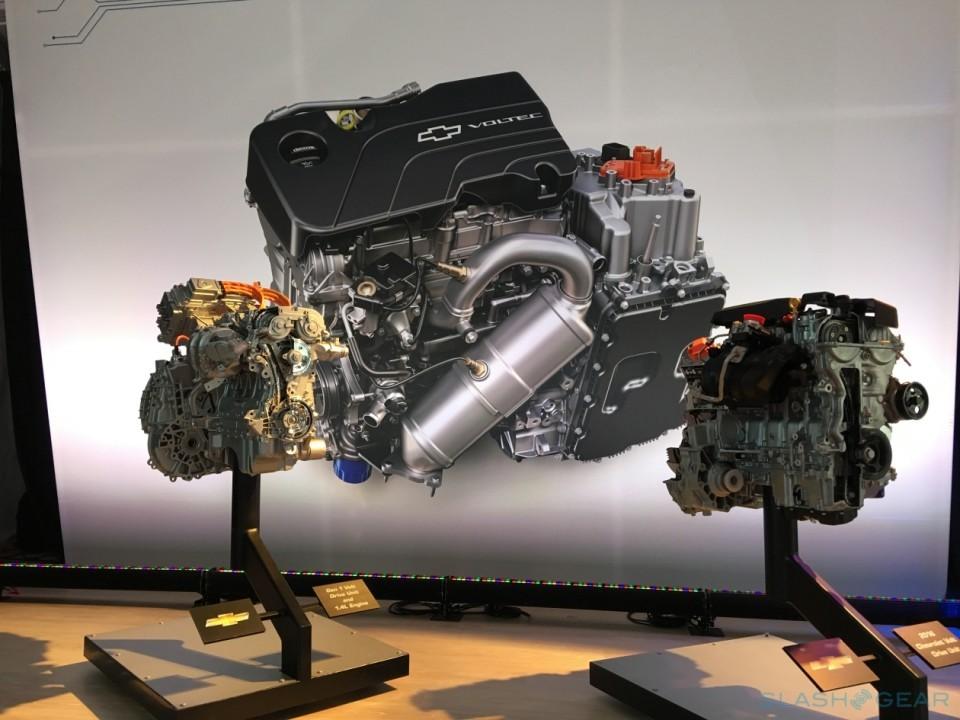
Fuel efficiency is rated at 106 mpge, and 42 mpg when running on gasoline alone. EPA testing has confirmed the Volt’s greatly increased range: 53 miles, compared to 38 miles for the outgoing model. The Volt’s lithium-ion battery pack has been completely redesigned, and its capacity increased from 17.1 kWh to 18.4 kWh. To get the stories behind the facts and figures, Charged spoke with Andrew Farah, 2016 Volt Chief Engineer, and Larry Nitz, head of Hybrid and Electric Powertrain Engineering.Īt the top of the list of improvements is a better battery. GM engineers revealed a wealth of details on the technology of the second-generation Voltec propulsion system in a set of five papers presented to the SAE (which are available to the public on the SAE website). All contribute to more range, better performance and lower cost. There are also dozens of smaller improvements, including upgrades to the power electronics and on-board charger, as well as more integration of components. The new system is fundamentally different, with two electric motors and a larger gas engine, that work together in new ways to maximize efficiency.
#CHEVY VOLT RANGE EXTENDER ENGINE SOFTWARE#
An R&D team examined more than 50 types of electric and hybrid propulsion systems, and used proprietary simulation software to conduct extensive modeling, before developing the latest Voltec powertrain. GM took a blank-sheet approach to designing the second-generation system. They also wanted improved performance, with power on demand regardless of whether the vehicle is operating in electric or range-extended mode.
#CHEVY VOLT RANGE EXTENDER ENGINE DRIVERS#
The top improvement drivers asked for was increased electric range. By June 2014, Volts had logged more than half a billion miles in North America, and 63% of those miles were driven in EV mode.

Perhaps the most important thing GM learned from its intense analysis of vehicle data was that drivers think of their Volt as an EV. GM took the vehicle apart and redesigned it from the ground up, guided by the huge amount of knowledge and data, including customer feedback, gained from the first-generation Volt. The second-generation Volt, which will go on sale in the US this fall, is not just an incremental improvement. And, in the light of real-world driving behavior, the Volt really is a different animal from other PHEVs, so coining a new category for it no longer seems unreasonable. Five model years later, over 93,000 buyers have chosen the Volt (and its European twin, the Ampera), making it the second-best selling plug-in vehicle in the world, after the Nissan LEAF (which has sold over 177,000 worldwide). Well, I was completely and indisputably wrong. I also thought GM’s designation of the Volt as an Extended Range Electric Vehicle (EREV) was a presumptuous marketing gimmick – why not just call it a plug-in hybrid (PHEV)?

It seemed like an awkward compromise – buyers who wanted to go electric would surely prefer a pure EV, and buyers who weren’t ready to take that plunge had every reason to stick with a hybrid like the Toyota Prius, which cost far less than the Volt and had comparable gas mileage. When the Chevrolet Volt was launched at the end of 2010, I must confess that I gave it little chance of success.

Posted Septemby Charles Morris & filed under Features, Vehicle Features. 2016 Chevy Volt: GM’s top electrification engineers on designing the all-new EREV


 0 kommentar(er)
0 kommentar(er)
